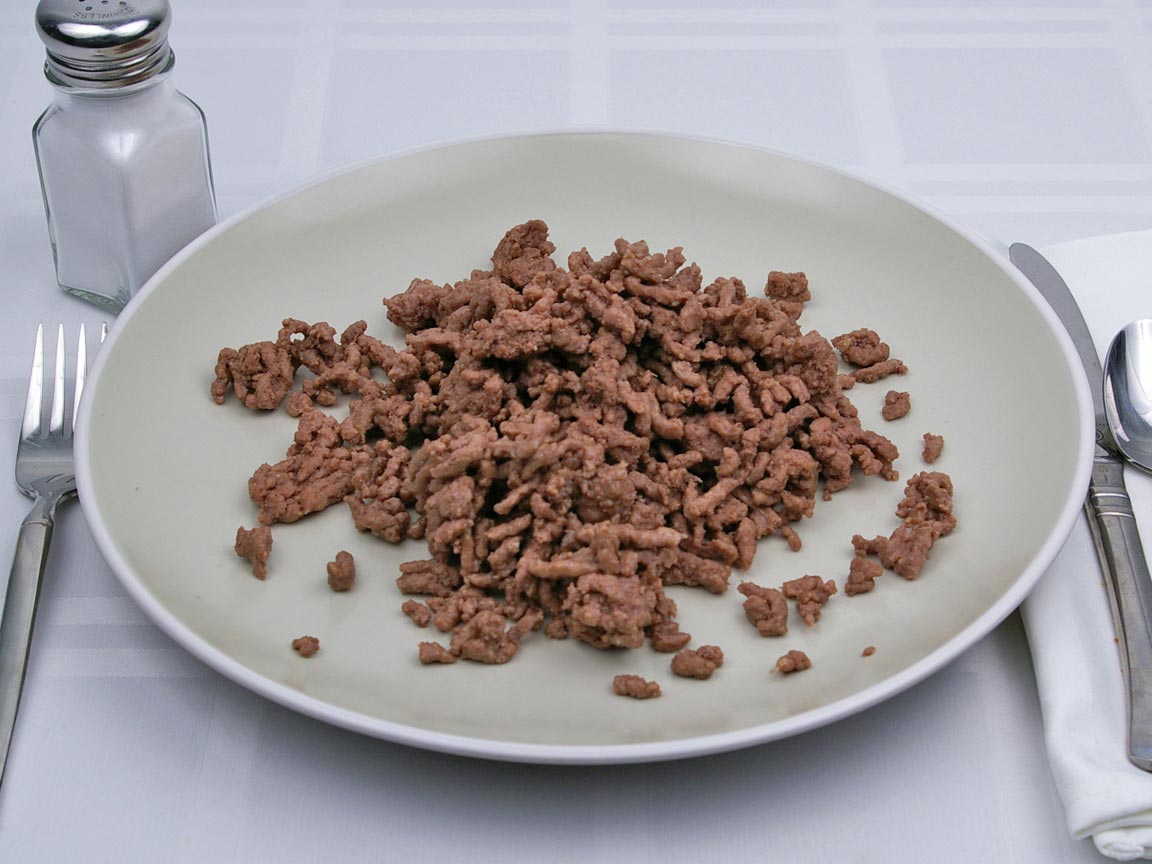
Ground beef is a staple in many diets due to its versatility, flavor, and affordability. Understanding its caloric content and nutritional value is important for making informed dietary choices.
Ground beef is available in various lean-to-fat ratios, typically expressed as a percentage. Common varieties include 70% lean, 80% lean, 85% lean, and 90% lean ground beef. The fat content significantly influences the caloric content of ground beef calories ground beef. For instance, a three-ounce serving of 70% lean ground beef generally contains around 235 calories, while the same serving of 90% lean ground beef has approximately 180 calories. This variation is due to the higher fat content in the less lean ground beef, as fat contributes more calories per gram than protein.
Despite its calorie content, ground beef is a rich source of essential nutrients. It provides high-quality protein, necessary for muscle growth and repair. A three-ounce serving of ground beef offers roughly 20 to 22 grams of protein, depending on the leanness. Ground beef is also a significant source of vitamins and minerals, including vitamin B12, zinc, selenium, iron, and niacin. Vitamin B12 is crucial for maintaining healthy nerve cells and producing DNA, while iron is vital for transporting oxygen in the blood. Zinc and selenium are important for immune function and antioxidant defense, respectively.
However, the consumption of ground beef should be balanced with potential health risks associated with high-fat and high-calorie diets. Diets rich in saturated fats, found in fattier cuts of meat, can contribute to elevated cholesterol levels and an increased risk of heart disease. Health experts often recommend choosing leaner cuts of ground beef and incorporating them into a balanced diet that includes various protein sources, such as poultry, fish, legumes, and plant-based proteins.
Cooking methods also impact the caloric and fat content of ground beef dishes. Grilling, broiling, or baking ground beef allows some fat to drain away, reducing the overall fat content of the final dish. In contrast, frying or cooking ground beef in oil or butter can increase the fat and calorie content. Additionally, draining the fat after cooking ground beef can further reduce its calorie content, making it a healthier option.
Portion control is crucial when consuming ground beef. It is easy to consume more calories than intended if portions are not measured. A standard serving size of cooked ground beef is typically three ounces, about the size of a deck of cards. Being mindful of portion sizes helps manage calorie intake and supports a balanced diet.
Ground beef can be part of a healthy diet when consumed in moderation and prepared using healthier cooking methods. Combining it with vegetables, whole grains, and other nutrient-dense foods can create balanced meals that provide essential nutrients without excessive calories or fat. For example, using ground beef in dishes like stir-fries, salads, or as a topping for whole grain pasta can enhance the nutritional profile of a meal.
In conclusion, ground beef is a nutritious and versatile ingredient that can fit into a balanced diet. Understanding its caloric content and choosing leaner cuts, employing healthier cooking methods, and being mindful of portion sizes can help maximize its benefits while minimizing potential health risks. By incorporating ground beef into a diet that includes a variety of protein sources and nutrient-rich foods, individuals can enjoy its flavor and nutritional benefits as part of a healthy lifestyle.